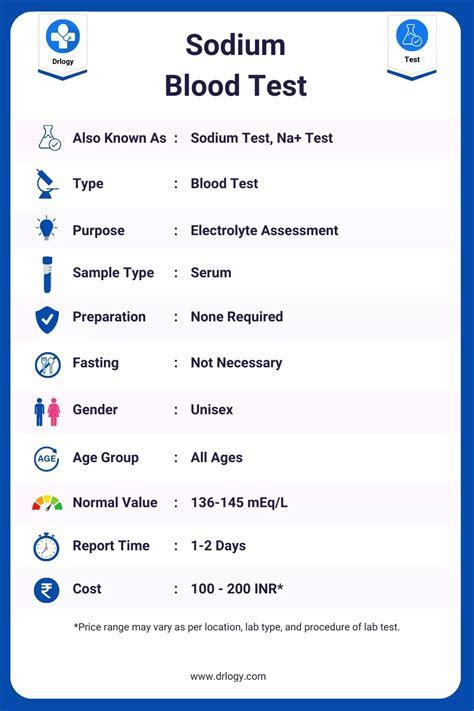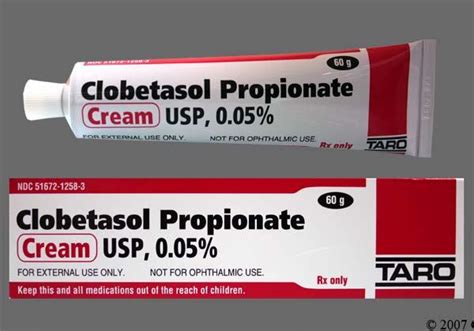The presence of sodium (Na) in a blood test is an essential parameter that healthcare professionals use to assess various bodily functions, particularly those related to electrolyte balance and fluid status. Sodium is one of the most abundant ions in the body and plays a critical role in maintaining proper water balance, nerve function, and muscle contraction.
Understanding Sodium Levels
Sodium levels in the blood are measured in milliequivalents per liter (mEq/L) or millimoles per liter (mmol/L). The normal range for sodium in the blood is between 135 and 145 mEq/L, though this can slightly vary between different laboratories. Levels outside this range can indicate imbalances that may require medical attention.
High Sodium Levels (Hypernatremia)
Hypernatremia occurs when the sodium level in the blood is higher than 145 mEq/L. This condition often reflects a water deficit in the body relative to the amount of sodium, which can happen for several reasons:
- Dehydration: The most common cause of hypernatremia, dehydration can result from inadequate fluid intake, excessive sweating, diarrhea, or vomiting.
- Diabetes Insipidus: A condition characterized by the inability to regulate fluids in the body due to a problem with the hormone ADH (antidiuretic hormone).
- Excessive Sodium Intake: Though less common, consuming very high amounts of sodium can lead to hypernatremia, especially in individuals with limited access to free water.
Low Sodium Levels (Hyponatremia)
Hyponatremia is diagnosed when the sodium level in the blood falls below 135 mEq/L. This condition indicates an excess of water relative to sodium in the body, which can be caused by:
- Excessive Water Consumption: Drinking an abnormal amount of water can dilute sodium levels in the blood.
- Heart Failure: Can lead to fluid buildup in the body, diluting sodium levels.
- Liver Disease: Conditions like cirrhosis can cause the body to retain too much water, leading to dilutional hyponatremia.
- Kidney Disease: Certain kidney diseases can impair the kidneys’ ability to regulate fluids and electrolytes.
Symptoms and Treatment
Symptoms of sodium imbalance can vary widely, depending on the severity and the rate at which the imbalance develops. Mild imbalances might not produce noticeable symptoms, while severe or rapidly developing imbalances can cause confusion, seizures, or even coma.
Treatment for sodium imbalances focuses on correcting the underlying cause. For dehydration, this might involve fluid replacement with solutions that have an appropriate sodium concentration. In cases of excessive sodium intake, limiting dietary sodium and increasing water intake can help. For conditions like diabetes insipidus, medication to replace ADH might be necessary. In all cases, the goal is to return sodium levels to a normal range and correct the associated fluid imbalance.
Conclusion
Sodium levels in the blood are a critical indicator of the body’s hydration and electrolyte status. Both high and low sodium levels can indicate serious health issues and require prompt medical attention. Understanding the causes and symptoms of sodium imbalances is essential for timely intervention and treatment, highlighting the importance of regular check-ups and blood tests as part of overall health maintenance.
What are the normal sodium levels in blood?
+The normal sodium level in the blood is between 135 and 145 mEq/L, though this range might slightly vary between different laboratories.
What causes high sodium levels in the blood?
+High sodium levels can be caused by dehydration, diabetes insipidus, and excessive sodium intake. Dehydration is the most common cause, resulting from inadequate fluid intake, excessive sweating, diarrhea, or vomiting.
How are sodium imbalances treated?
+Treatment for sodium imbalances focuses on correcting the underlying cause, which can include fluid replacement, dietary changes, or medication. The goal is to return sodium levels to a normal range and correct the associated fluid imbalance.



